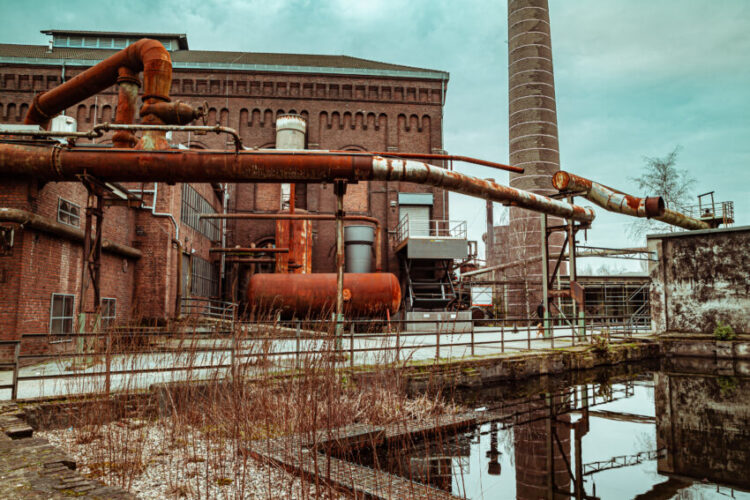Ohio recently announced the first round of grant awards for the state’s Brownfield Remediation Program. Ohio dedicated nearly $350 million for the program administered by the Ohio Department of Development through the 2021 state biennium budget bill, House Bill 110 (along with an additional $150 million allocated by the State for the demolition of vacant or abandoned commercial or residential buildings). Under the 2021 program, $1 million in funding has been reserved for the first program year in each of Ohio’s 88 counties. The remaining $262 million in funding was to be provided to eligible projects on a first-come, first-served basis. In the inaugural round, Ohio awarded more than $60 million in reimbursement grants to help communities perform environmental testing or remediate contaminated properties to help put brownfield sites throughout the state back into economic production. The Ohio Department of Development recently issued an extension for Round 2 applicants, and will continue to accept submissions until May 31, 2022 from counties that have not yet exhausted their initial $1 million set-aside.
What is the Brownfield Remediation Program?
Since the sunset of the Clean Ohio Program in 2013, there has been a strong push for dedicated funding to address brownfield sites in Ohio. The Brownfield Remediation Program provides grants for the remediation of brownfield sites throughout Ohio to assist in the clean-up of hazardous substances or petroleum at industrial, commercial, or institutional properties. For purposes of the program, a brownfield is an abandoned, idled, or under-used industrial, commercial, or institutional property where expansion or redevelopment is complicated by known or potential releases of hazardous substances or petroleum.
Prior to the announcement of upcoming Round 2 awards for counties that did not meet their initial set-aside for Round 1, 61 counties have remaining allocations, leaving a pool totaling $46.7 million. Program guidelines call for any amounts left after Round 2 awards to become available statewide for Round 3, which will begin on July 1, 2022. For Round 3, program funds are awarded on a first-come, first-served basis. Awards will be given until funds are depleted. According to program guidelines, awarded projects should commence activities within six months of receiving a fully executed agreement and funds may be reallocated for projects that cannot comply with this requirement.
Eligible Costs
The program awards grants for “Assessment” or “Cleanup/remediation” costs. Assessment is a Phase I and Phase II assessment or an asbestos survey. Cleanup/remediation includes acquisition, demolition, and the installation or upgrade of the minimum amount of infrastructure that is necessary to make a brownfield operational. Administrative costs (up to 10% of the total request) for activities related to submitting reimbursement requests and submitting reporting information are also eligible, as are costs associated with the crafting of a “No-Further Action” or “Covenant Not to Sue” report and the fee to the Ohio Environmental Protection Agency. Applicants can seek Phase II assessment grants of up to $300,000 and up to $10 million in grant funding for cleanup/remediation.
Match Funding
For projects awarded through the dedicated $1 million set-aside for each county, match funding was not required. However, for projects awarded outside of the county’s dedicated portion, the program only awards up to 75% of total project costs, up to a maximum of $10 million. Match funds are those that are used toward equivalent eligible costs. For the purposes of the program match, future in-kind costs can be considered as eligible expenses, as can funds utilized within the last two years.
Eligible Applicants
Local units of government, including counties, townships and municipal corporations are eligible to apply. Additionally, county land reutilization corporations, nonprofit or for-profit organizations could apply provided these entities have entered into an agreement with a local government to work in conjunction on the project for the purposes of the program. Entities that caused or contributed to contamination on the properties are not eligible for the program. The Department of Development generally expects eligible applicants for cleanup/remediation to participate in Ohio’s Voluntary Action Program (VAP) and obtain a Covenant Not to Sue, but the Department does work with the Ohio EPA to determine eligibility for projects not eligible for the VAP program.
Brownfield Clean-up Impacts and Increasing Economic Potential
In recent decades, Ohio has demonstrated broad-spectrum success with public-private partnerships that engage both state and local government to incentivize investment in areas of the economy that rationalize private financial investments that achieve strategic public policy objectives. Further, public-private partnerships related to brownfield clean-up and remediation are a time-tested tool for lowering the risk of much-needed entrepreneurial investment in blighted regions in the US and around the world. According to the latest Greater Ohio Policy Center (GOPC) study, remediated sites can produce economic impacts at 7.6 times their remediation costs as measured by increased household and business earnings and augmented state and local taxes. This GOPC study also found that “[F]or every job created or sustained through activities directly tied to a remediated brownfield, more than one additional job was indirectly created or sustained” for the projects the report examined.
KJK will continue to monitor developments on the Brownfield Remediation Program. If you have any questions, please contact KJK Economic Development Partner Richard Morehouse (RAM@kjk.com; 216.736.7292).
